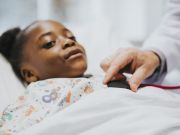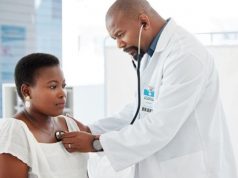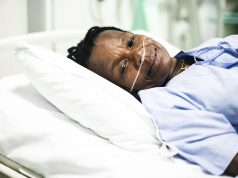Increased rates of infection for non-Hispanic black, Hispanic children, those in lower quartiles of MFI
TUESDAY, Aug. 11, 2020 (HealthDay News) — The rates of severe acute respiratory syndrome coronavirus 2 (SARS-CoV-2) infection are increased among minority and socioeconomically disadvantaged children, according to a study published online Aug. 5 in Pediatrics.
Monika K. Goyal, M.D., from the Children’s National Hospital in Washington, D.C., and colleagues performed a cross-sectional study of children tested for SARS-CoV-2 from March 21 to April 28, 2020. The associations for patient race/ethnicity and estimated median family income (MFI) with SARS-CoV-2 infection and reported exposure to SARS-CoV-2 were examined.
The researchers found that 20.7 percent of the 1,000 children tested for SARS-CoV-2 infection were positive. Non-Hispanic black and Hispanic children had higher rates of infection than non-Hispanic whites (30.0 and 46.4 percent, respectively, versus 7.3 percent; adjusted odds ratios, 2.3 and 6.3, respectively). Infection rates were higher among children in quartiles 3, 2, and 1 compared with those in the highest quartile of MFI (23.7, 27.1, and 37.7 percent, respectively, versus 8.7 percent; adjusted odds ratios, 2.6, 2.3, and 2.4, respectively). There were differences noted in the rates of reported exposure to SARS-CoV-2 based on race/ethnicity and socioeconomic status.
“Future research should confirm and extend this work by focusing on the modifiable reasons for these observed disparities as well as their differential impact in terms of SARS-CoV-2-related morbidity and mortality outcomes to mitigate the spread of infection and its health effects,” the authors write.
Abstract/Full Text (subscription or payment may be required)
Copyright © 2020 HealthDay. All rights reserved.








